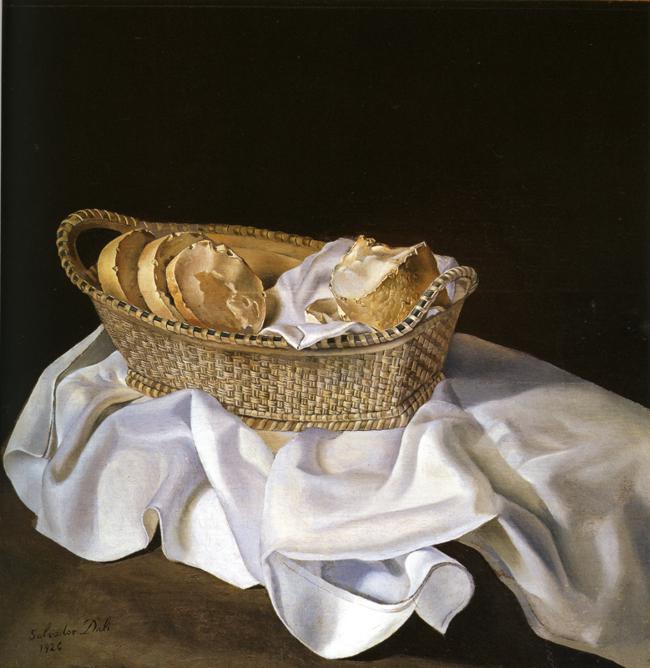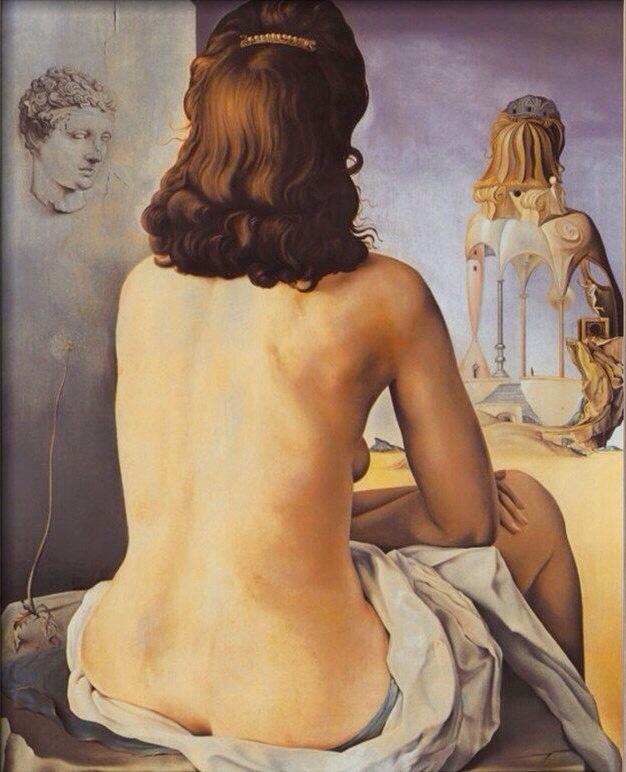Salvador Dali
Episode #3 of the course “Great surrealist painters of all time”
If there is one name associated with the Surrealist movement of the 20th century, it is Salvador Dali. Born near the border between Spain and France in 1904, Dali’s parents named him after their other son, who had died just 9 months prior. From a young age, Salvador Dali showed great creative talent. His mother indulged him, and his father supported his enrollment to the San Fernando Academy of Art in Madrid.
 Basket of Bread
Basket of Bread
At the Academy, Dali’s talent astounded. He pushed boundaries and incorporated elements that no one else had. Dali exploded out of the Academy and onto the European art scene with his first exhibition, which included the relatively tame Basket of Bread. He further refined his talents and found new inspiration after meeting Andre Breton, the founder of Surrealism.
 Persistence of Memory
Persistence of Memory
Becoming the leader in Surrealism, Salvador Dali incorporated dreamlike visual representations of Sigmund Freud’s theories into art. Dali’s Persistence of Memory, which depicts melting clocks, has been called the essential Surrealist painting. With a focus on bringing human psychology into visual symbols, Dali expressed deep-held fears, phobias, and subconscious desires in the forms of insects, creatures and people with spindly legs, or drawers opening from a person’s body. Dali was terrified of insects, and in his art, they specifically represent the fear of his own death.
 Lobster Telephone
Lobster Telephone
Because of personal conflicts within the Surrealist group, Dali was “expelled.” But nothing could stop his talent, and he had no need to be accepted by any group. Although mostly known for the dreamlike quality of his paintings, Dali was a master of several artistic mediums. He produced films, sculptures, sketches, clothing, and many other artistic objects, such as his famous Lobster Telephone.
 Contemplating an Invisible Mirror
Contemplating an Invisible Mirror
Throughout his life, he was inspired by his wife and muse, Gala, who appears in many pieces, including Contemplating an Invisible Mirror. He and Gala spent their lives together until she died in 1982 and he in 1989.
Share with friends

